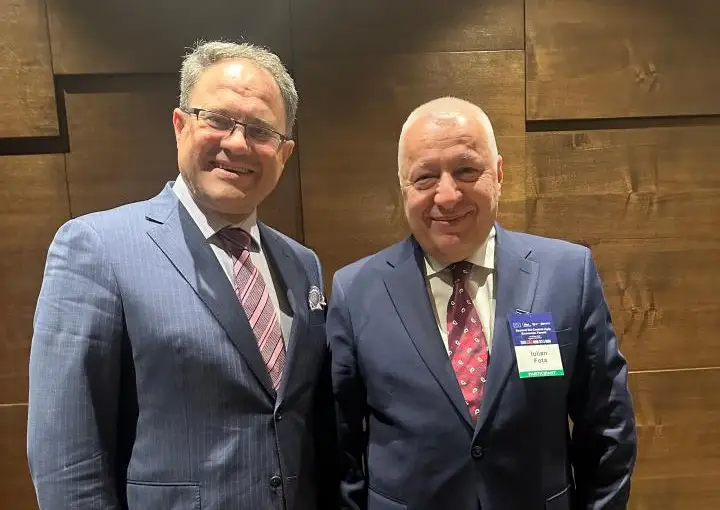2nd EU-Central Asia Economic Forum debates new opportunities for cooperation

Vassilenko pointed out that the promotion of Kazakhstan and Central Asia at the global level is one of the priorities of the foreign policy conducted by President Kassym-Jomart Tokayev, Kazinform cites the Foreign Ministry’s press service.
«During the past decade, the European Union has invested over 120 billion US dollars in Central Asia. About 70 percent of this investment is in Kazakhstan. Sitting in the heart of the great Eurasian landmass, Central Asia represents a growing market of almost 80 million people. The transit capacity, geopolitical position and our potential to support global energy and green development are quite promising. We call on all parties to join us in exploring this potential,» said the Kazakh diplomat. He also stressed, that overall, during the years of independence Kazakhstan attracted 170 billion US dollars of investments from the EU.

At the forum, Vassilenko also held talks with Undersecretary for Global Affairs of the Ministry of Foreign Affairs of the Republic of Estonia Märt Volmer and State Secretary of the Ministry of Foreign Affairs of Romania Iulian Fota. He also met Minister of Foreign Affairs and Trade of Hungary Péter Szijjártó, and Latvian Minister of Transport Janis Vitenbergs.
The current state and potential for expanding cooperation, in particular, in areas, such as transport, infrastructure, green energy, agriculture and rare earth metals were discussed during the meeting with European partners.
Fota said: «Kazakhstan is the main and largest trade partner in the region not only for Romania, but also for the entire European Union. So we are well aware of the special importance of the EU connecting with Central Asia, and in particular with Kazakhstan.»
The sides stressed the importance of further expanding multifaceted interaction and maintaining dialogue at the foreign ministers’ level.
